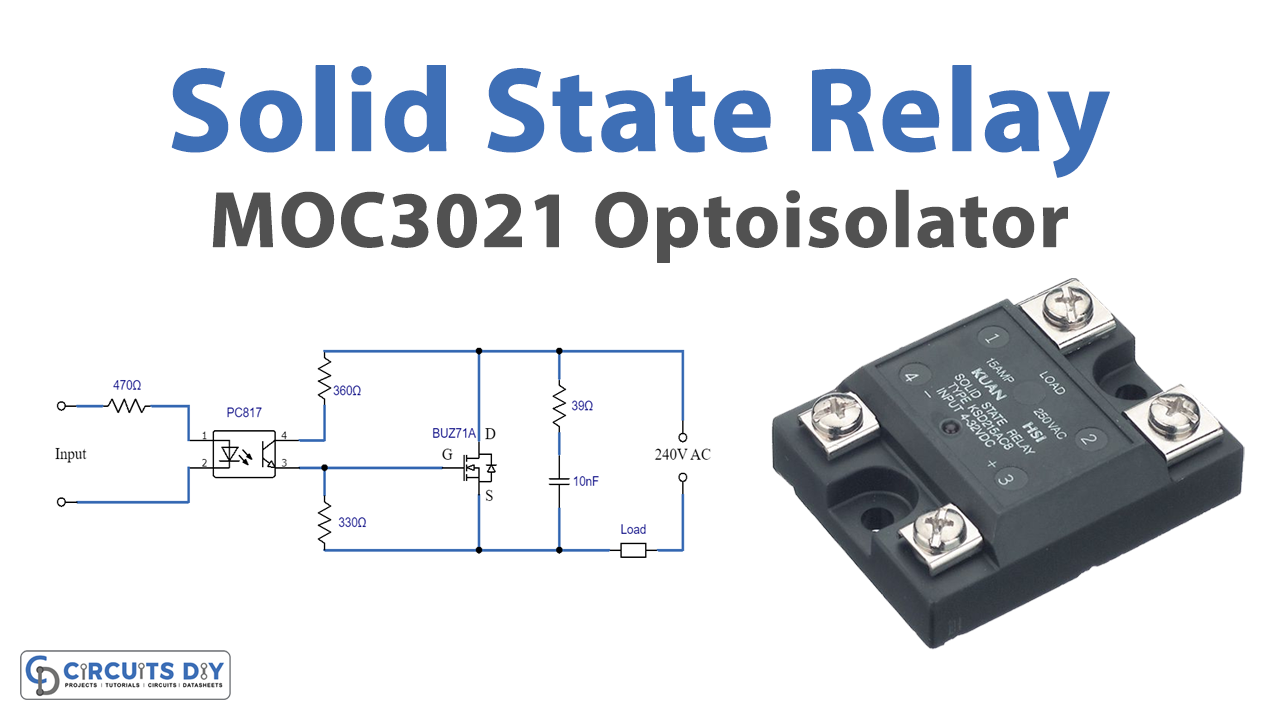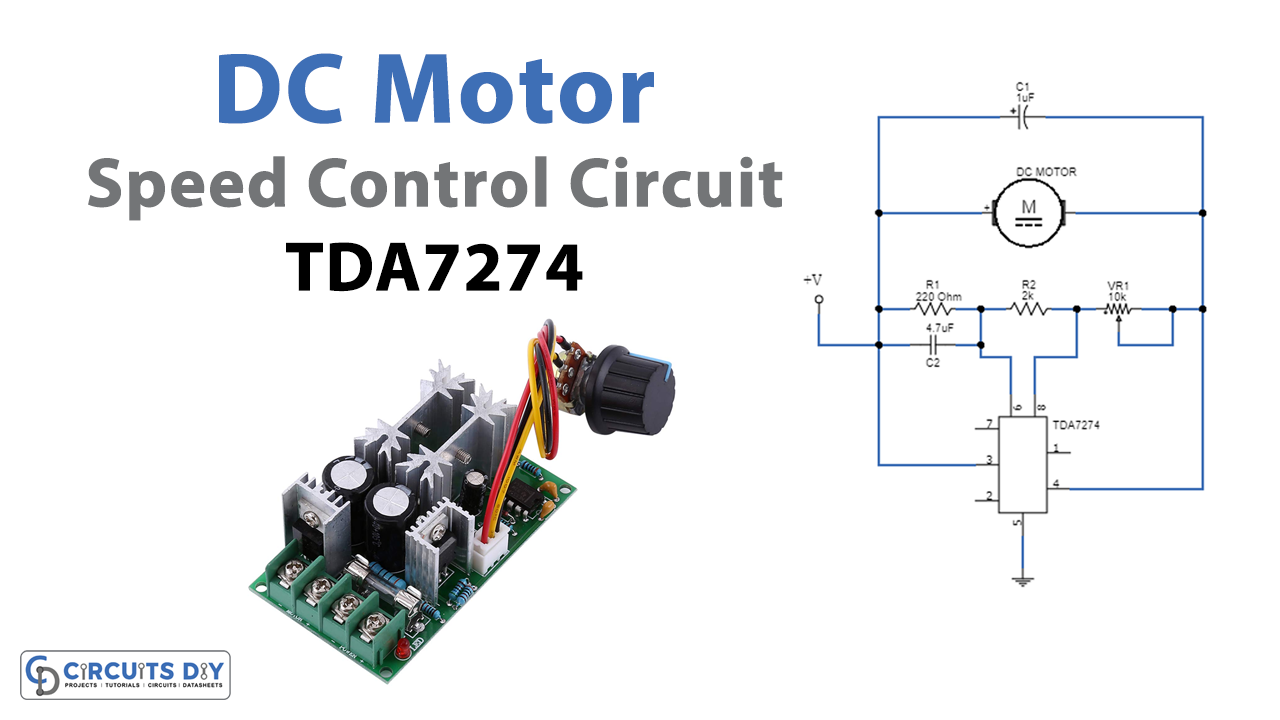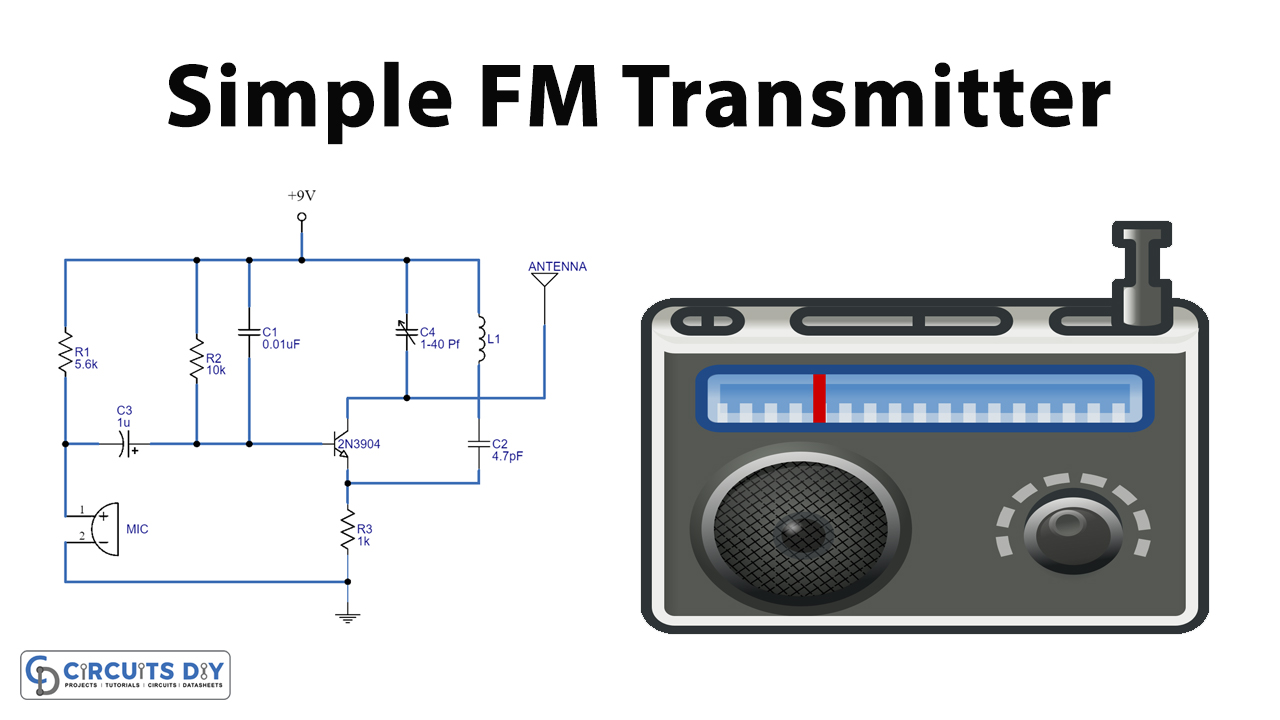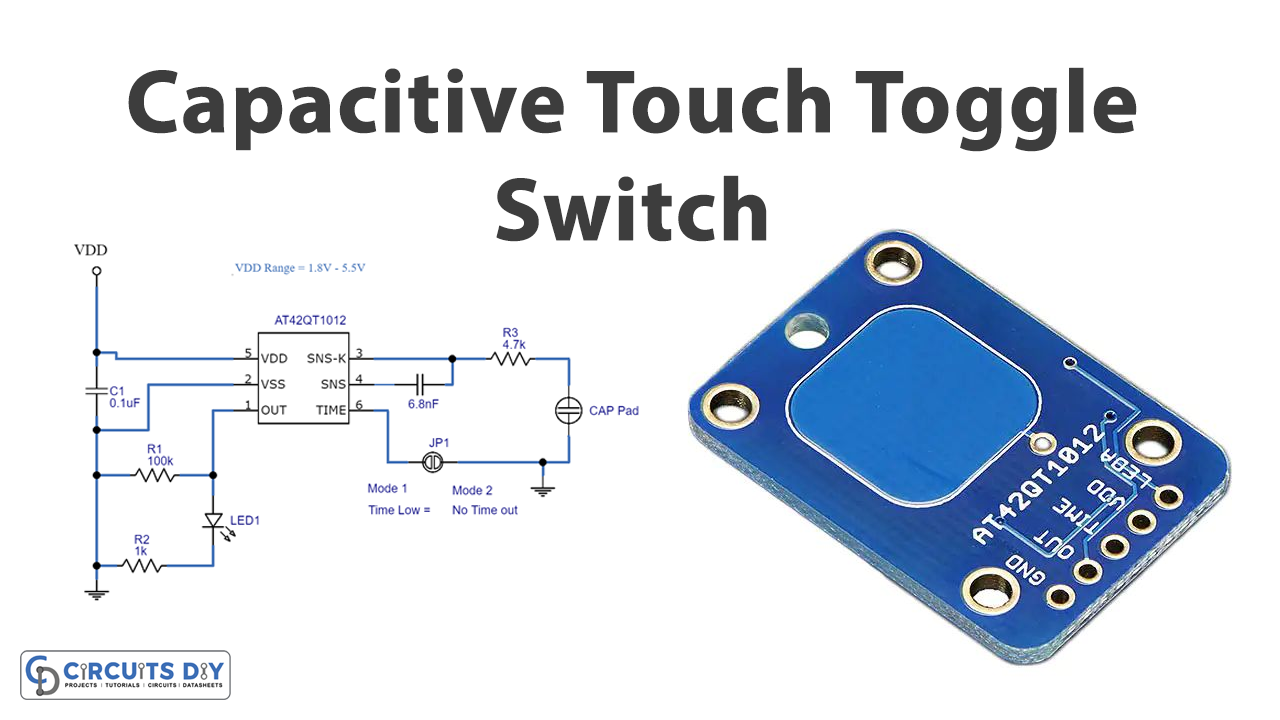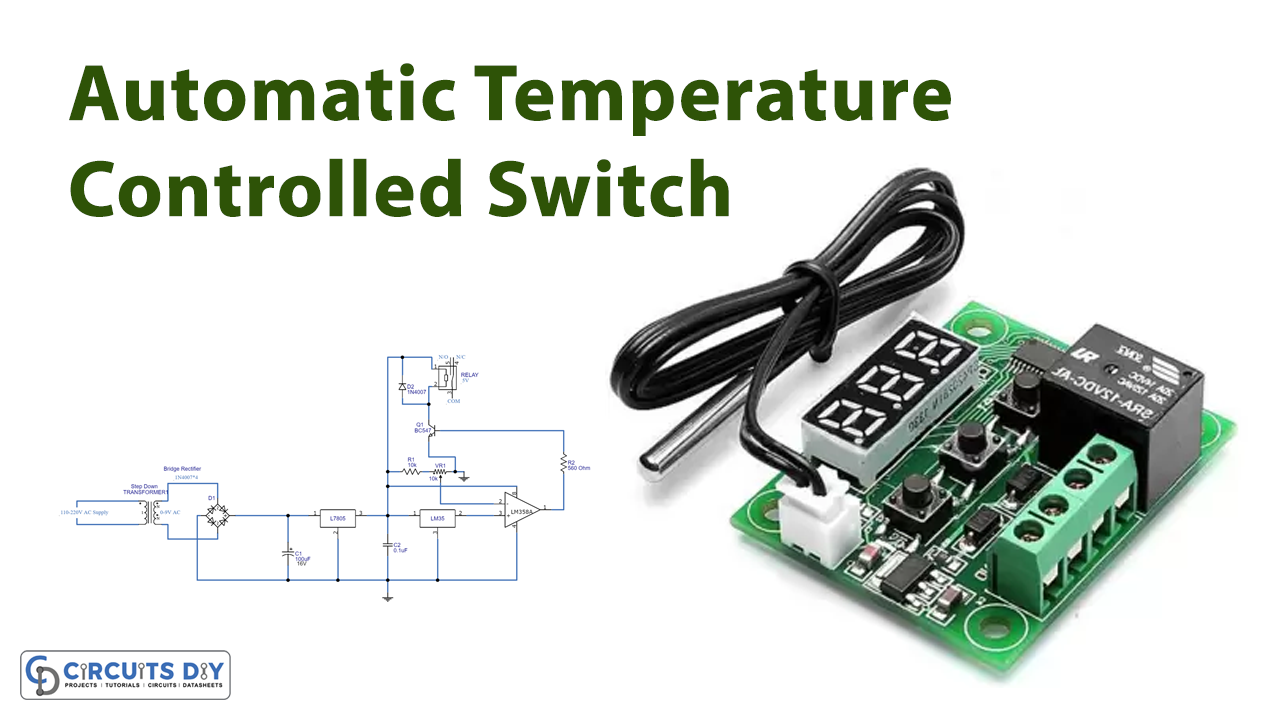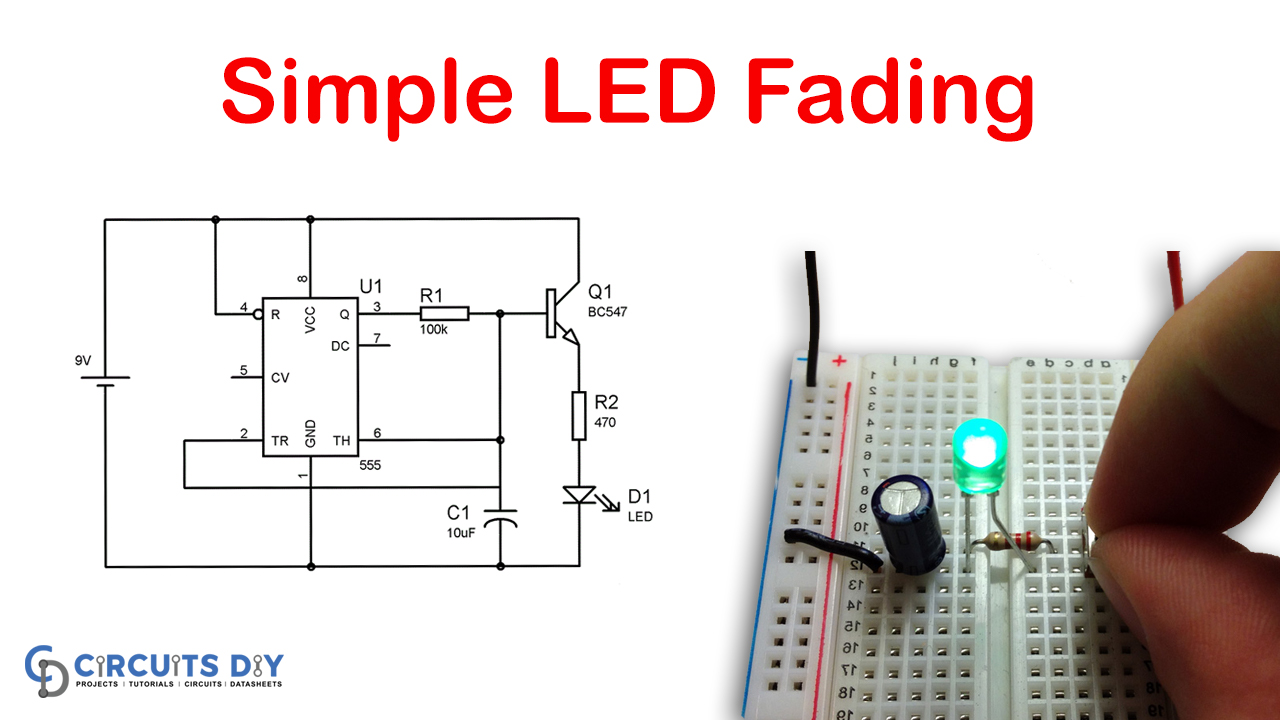Relay is a component that provides complete electrical isolation between their input and output contacts at very high, almost infinite resistance when non-conducting (open) and very low resistance when conducting (closed). Relays can be of many types like an electromagnetic relay, reed relay, thermal relay, solid-state relay, etc. An electromechanical relay (EMR) uses coils, magnetic fields, springs, and mechanical contacts to operate and switch a supply. Unlike EMR, the solid-state relay (SSR) has no moving parts. It uses the electrical and optical properties of solid-state semiconductors to perform its input-to-output isolation and switching functions. As SSR has no moving parts, therefore they are less prone to wear and tear and have no contact bounce issues. Whereas EMR has a limited contact life cycle, can take up a lot of space, and have slower switching, uncontrolled output current, noise, etc. Solid-state relays have no such limitations.
Solid State Relay
Solid-state relays can be designed to switch both AC or DC currents by using an SCR, TRIAC, or switching transistor output instead of the usual mechanical normally open (NO) contacts. In this project, we have designed a simple SSR. The circuit uses Triac and can easily drive an AC load of 1000 watts.
Hardware Components
The following components are required to make a Solid State Relay Circuit
| S.no | Component | Value | Qty |
|---|---|---|---|
| 1. | Triac Driven Optoisolator | MOC3021 | 1 |
| 2. | Triac | BT139 | 1 |
| 3. | Non-polar Capacitor | 10nF | 1 |
| 4. | Resistors | 470Ω, 360Ω, 330Ω, 39Ω | 1 |
| 5. | AC supply | 220V-240V | 1 |
| 6. | Load | – | 1 |
MOC3021 Pinout

For a detailed description of pinout, dimension features, and specifications download the datasheet of MOC3021
Solid State Relay Circuit

Working Explanation
In this SSR circuit, the input can be from any source for instance, from microcontrollers, CMOS ICs, Arduino, etc. It uses Optocoupler MOC 3021 to isolate the input side from the output side. The output of the Optocoupler acts as a gate trigger for a Triac BT139. For driving more load, a higher value Triac like BTA41 or similar can be used. Whenever there is a trigger pulse at the gate, the circuit will act as a closed switch and thus allows the flow of current to the load. Triac must be mounted to a heat sink. This circuit is capable to drive from the minimum low current of 5mA or less, driving from a voltage as low as 3.6V DC.
Applications and uses:
- SSR relays are used for switching purposes i.e. ON/OFF control of AC Power.
- It is used to control the power i.e. motor speed control, light, fan dimming, power switching, etc.
- They are also used to drive electric heaters to control the temperature.
- A solid-state relay is mostly used in High load switching.

